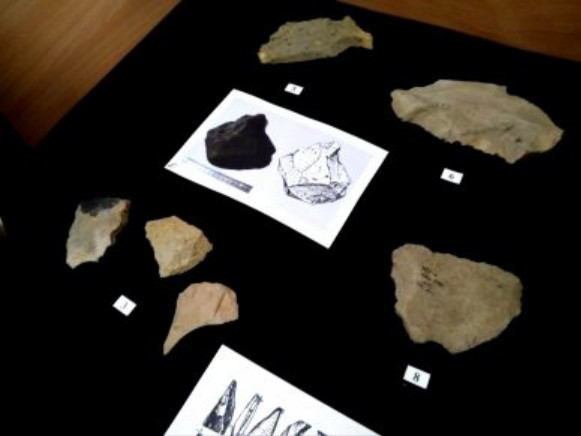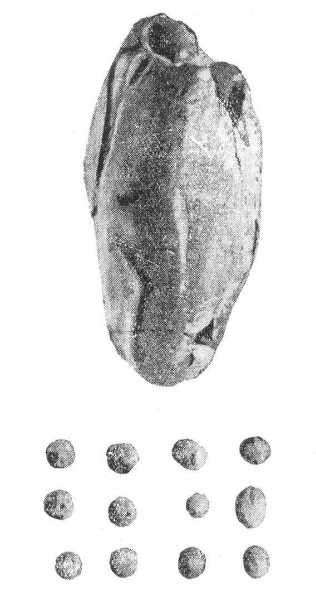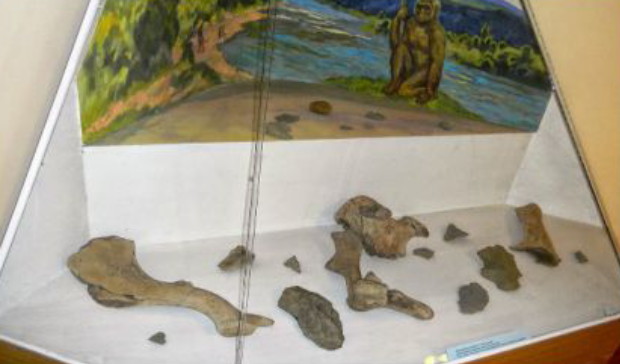Acheulean culture
Acheulean culture (Ашельська культура; Ashelska kultura). An archeological culture of the early Paleolithic Period; it succeeded the Chellean culture. The name is derived from the type site of Saint-Acheul, now a suburb of Amiens in northern France. Acheulean tool-making technologies are thought to have developed some 1.7 million years ago. Subsequently, the Acheulean culture spread throughout Europe, Africa, and Asia. It flourished some 400,000–100,000 years ago. Typical of the Acheulean culture was the use of stone implements (hand axes, flake tools). The Homo erectus and the related types of early humans as well as early Homo sapiens of the Acheulean culture lived in primitive communities in caves and in the open. They were hunters and gatherers who had discovered the use of fire. The oldest Acheulean site in Ukraine is the Korolevo archeological site in Transcarpathia, where seven Acheulean cultural layers have been excavated; the oldest tools found on that site have been dated back to ca. 950,000 BC. Two neighbouring sites, the Rokosovo archeological site and the Malyi Rakovets archeological site, also produced Acheulean tools. Recent archeological excavations (conducted in the 2010s) revealed that the Medzhybizh archeological site in Podilia is probably as old, or perhaps even older, than the Kololevo site. Some of the artefacts found there are believed to be more than 900,000 years old. Other known Acheulean sites in Ukraine include Luka-Vrublivetska in Podilia and the Zhytomyr archeological site in Polisia. The Acheulean culture was succeeded by the Mousterian culture (ca. 150,000 to 35,000 BC).
Marko Robert Stech
[This article was updated in 2020.]



